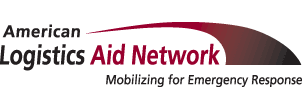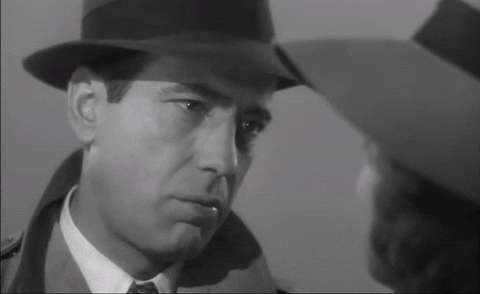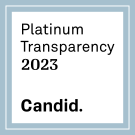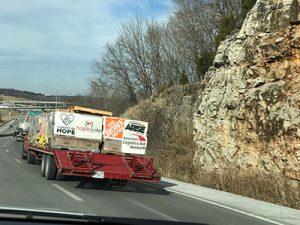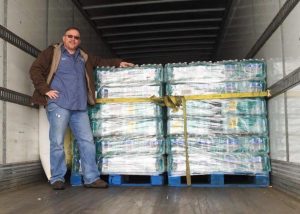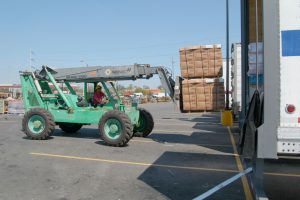Over the last month, I’ve had the privilege of traveling to some of the first in-person conferences I’ve been able to attend in nearly two years.
It’s been great to reconnect with so many good ALAN friends– and to finally have a chance to shake hands or bump elbows with many of my new fellow team members for the very first time.
But I have to admit that it also feels odd, because as one of my friends and I recently observed, most people look really different in real life. Many are shorter or taller – not to mention far more animated or reserved – than their long-distance video versions suggest. And of course, everyone is far more handsome, beautiful and charming in the flesh!
It got me to thinking about what other kinds of things look different when they’re only seen on a screen. And I didn’t have to search far.
Disasters look a lot different, too.
When our only impression of a catastrophic event comes from a television, phone, computer, newspaper or magazine, we’re only seeing part of what’s really happening. As a result, it’s easy for us to misjudge how we can best be of help. And that can ultimately lead to the wrong type of humanitarian aid being delivered – or being delivered at the wrong time.
Fortunately, ALAN has discovered a good alternative: Although we can’t be on site and in person at every disaster, we’re closely connected with many organizations that are. And over the years, we’ve learned to trust the guidance of these non-profit, humanitarian and government partners who are right there in the thick of things because they have what we in the disaster world might call “boots on the ground.”
It’s why you’ll sometimes hear us say that we are “standing by” for requests right after a disaster hits instead of seeing us immediately making specific requests right out of the gate. And it’s also why we often ask people not to participate in product collection drives or self-deploy with a truckload of supplies.
We know that our partners who are on site at a disaster will have a far better grasp on what’s most needed – and the best insights as to where and when that assistance should be delivered. And thanks to folks like you, we’ll be ready to deliver it ASAP.
So don’t fret if you don’t immediately see a lot of specific requests on our Disaster Micro-site right after a disaster hits. It doesn’t mean there won’t be opportunities to pitch in (or that you can’t pre-offer your help in the meantime). It just means that we and our partners are still working behind the scenes to keep things real, not to mention truly helpful for disaster survivors.
Let’s discuss this further the next time we see each other – either virtually or face-to-face. I’ll be the one looking happy to see you.
Kathy Fulton
Executive Director
American Logistics Aid Network
